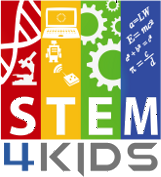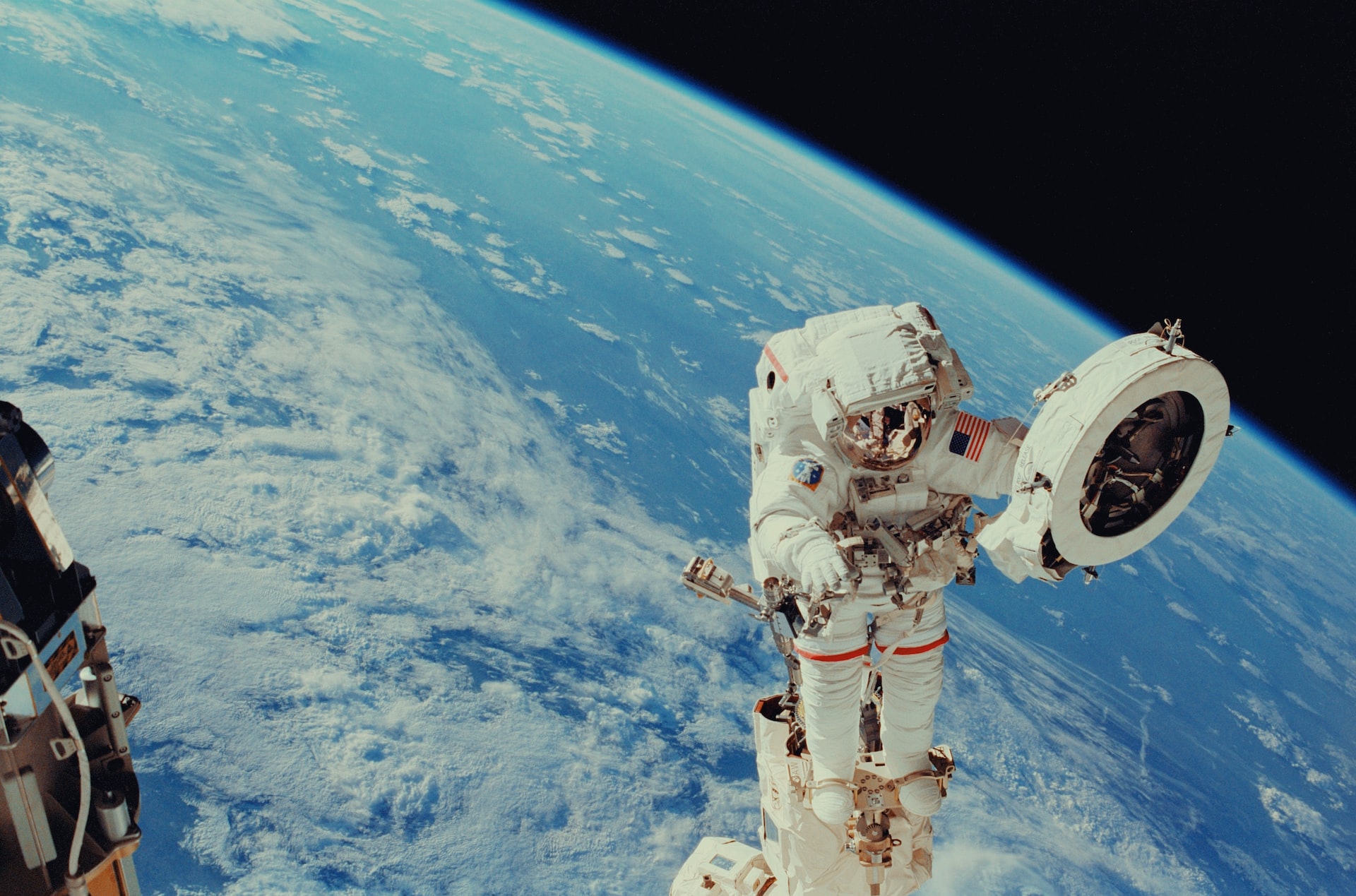For over sixty years, NASA has been at the forefront of space exploration and scientific discovery. From the first human landing on the Moon in 1969 to the Mars rover missions of the 21st century, NASA has inspired generations of scientists, engineers, and space enthusiasts around the world.
NASA, short for the National Aeronautics and Space Administration, is an independent agency of the United States federal government responsible for the country’s civilian space program and for aeronautics research. The agency was established in 1958 by President Dwight D. Eisenhower in response to the Soviet Union’s launch of the first artificial satellite, Sputnik 1, in 1957. Since then, NASA has launched dozens of spacecraft and missions that have advanced our understanding of the universe and our place in it.
NASA’s most famous program is the Apollo program, which culminated in the historic Moon landing by Apollo 11 in 1969. NASA sent a total of twelve astronauts to the Moon between 1969 and 1972, conducting experiments and collecting samples of the lunar surface. The Apollo program remains one of the greatest achievements in human history and a testament to the power of science and technology.
Today, NASA is focused on exploring our solar system and beyond. The agency’s flagship mission is the James Webb Space Telescope, which is set to launch in 2021. The telescope will be the largest and most powerful ever built, capable of seeing back in time to the origins of the universe. NASA is also planning to send humans back to the Moon by 2024 through the Artemis program. The program aims to establish a sustainable presence on the Moon and use it as a stepping stone to explore Mars and other destinations in the solar system.
In addition to space exploration, NASA is also involved in a variety of Earth science missions that study our planet’s atmosphere, oceans, and land. The agency’s Earth Observing System satellites provide valuable data on climate change, natural disasters, and other environmental issues. NASA also collaborates with other space agencies and international partners to advance scientific research and exploration.
For kids who are interested in space and science, NASA offers a wealth of STEM resources and opportunities to learn and get involved. The agency has a dedicated website for kids called NASA Kids’ Club, where they can play games, explore educational resources, and learn about space and science. NASA also offers internships, competitions, and other programs for students who want to pursue careers in science, technology, engineering, and mathematics (STEM).
In conclusion, NASA is an incredible organization that has transformed our understanding of the universe and inspired generations of scientists and space enthusiasts. From the Moon landings of the 1960s to the cutting-edge missions of the 21st century, NASA continues to push the boundaries of science and exploration. For kids who are interested in space and science, NASA offers a wealth of resources and opportunities to learn and get involved. Who knows, you might be the next astronaut to explore the final frontier!






